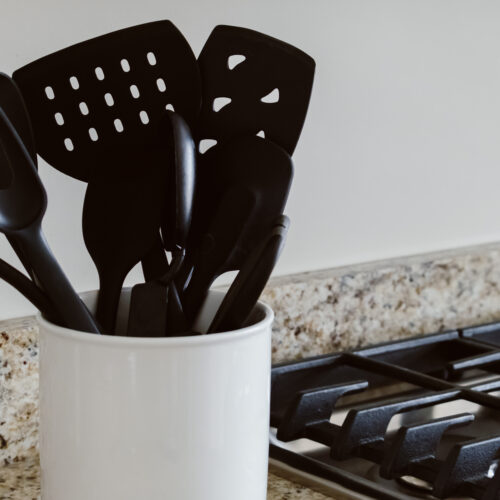The Humane AI Pin: A $700 Brick of E-Waste
Roughly 10 months after it was released, the Humane AI Pin, a terribly executed and terrible product is now officially a $700 brick of e-waste after the company sold its software to HP and told its dozens of customers that they are now out of luck.
Every Humane AI Pin ever created will stop functioning at the end of the month. Well, that is not exactly correct. As Engadget has pointed out, Humane told customers that nearly every function of the AI pin will stop working on February 28, but that true diehards can continue to access “offline” features, which primarily seems to be checking whether the battery is charged or not: “After February 28, 2025, AI Pin will still allow for offline features like battery level, etc., but will not include any function that requires cloud connectivity like voice interactions, AI responses, and Center access.” Humane went on to say that “We encourage you to recycle your AI Pin through an e-waste recycling program.”
 404 MediaJason Koebler
404 MediaJason Koebler
If you are not familiar, the AI Pin is a $700 piece of junk that was supposed to be an “AI assistant” but instead barely worked, was perhaps a fire hazard, and whose main functionality was triggering fragile venture capitalists on Twitter who self-immolated when the reviews were understandably very bad.
There is very little to say about the Humane AI pin right now other than they are very lucky that the vast majority of tech journalists in the United States are too busy writing about the Elon Musk-led ransacking of the federal government to dunk on this company in the way it truly deserves (we are also doing this but need a break for five minutes).
The company and the tech was wildly hyped, wasted gazillions of dollars (it raised $240 million in funding), made something terrible, existed for less than a year, and are now hazardous e-waste that is a huge pain in the ass to safely dispose of. The saving grace of all of this is that Humane sold so few devices (roughly 10,000) that the number of consumers who are affected is relatively low as these things go and therefore, there are fewer of them that need to be recycled.
The Humane AI Pin is the latest in a long line of internet of things devices that cost a lot and then became e-waste when the company decided to stop supporting it or went out of business.
On recycling: I have been to electronics recycling centers, and small wearables like this are labor intensive to recycle because they have small, difficult-to-remove batteries. An iFixit teardown wondered whether Humane pin was one of the “worst devices ever,” and stated that both the Humane AI pin and the Rabbit R1, another AI wearable, “have batteries that are a pain to remove, hidden behind thoroughly glued-down panels,” and that “making the battery so difficult to reach is perplexing at best.”
Anyways, we must never forget the Humane AI Pin. Good job everyone.


